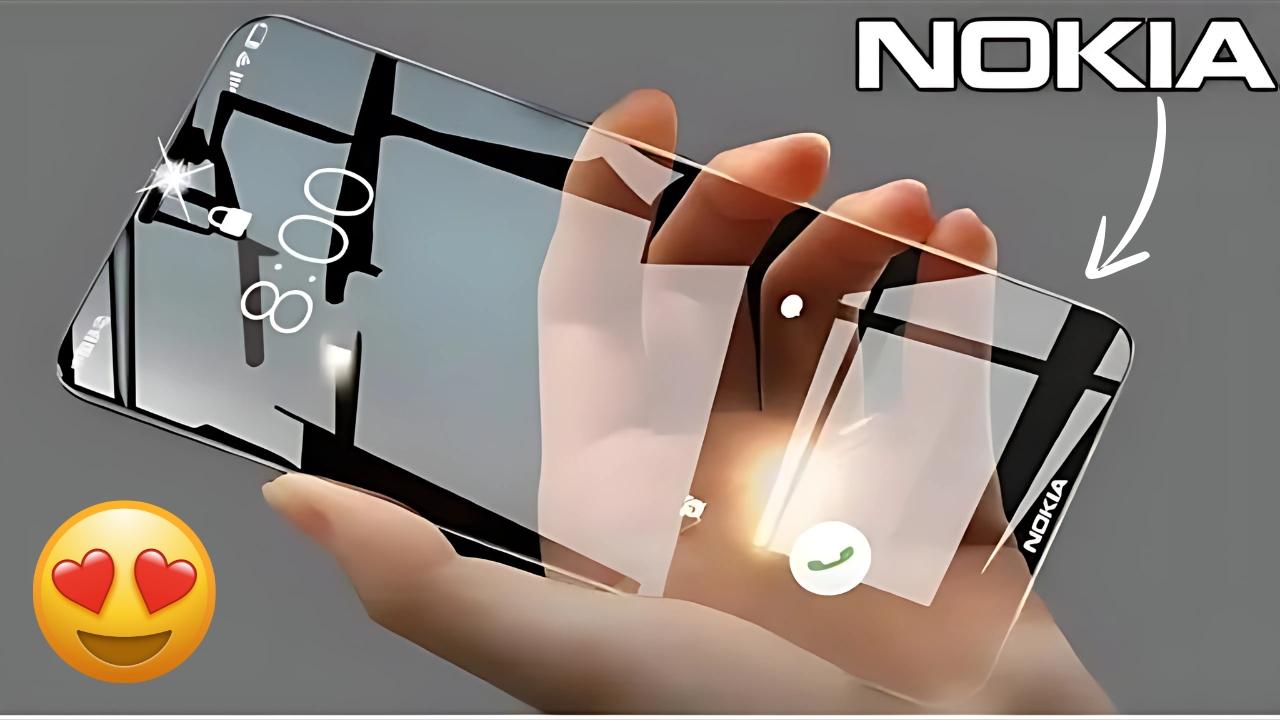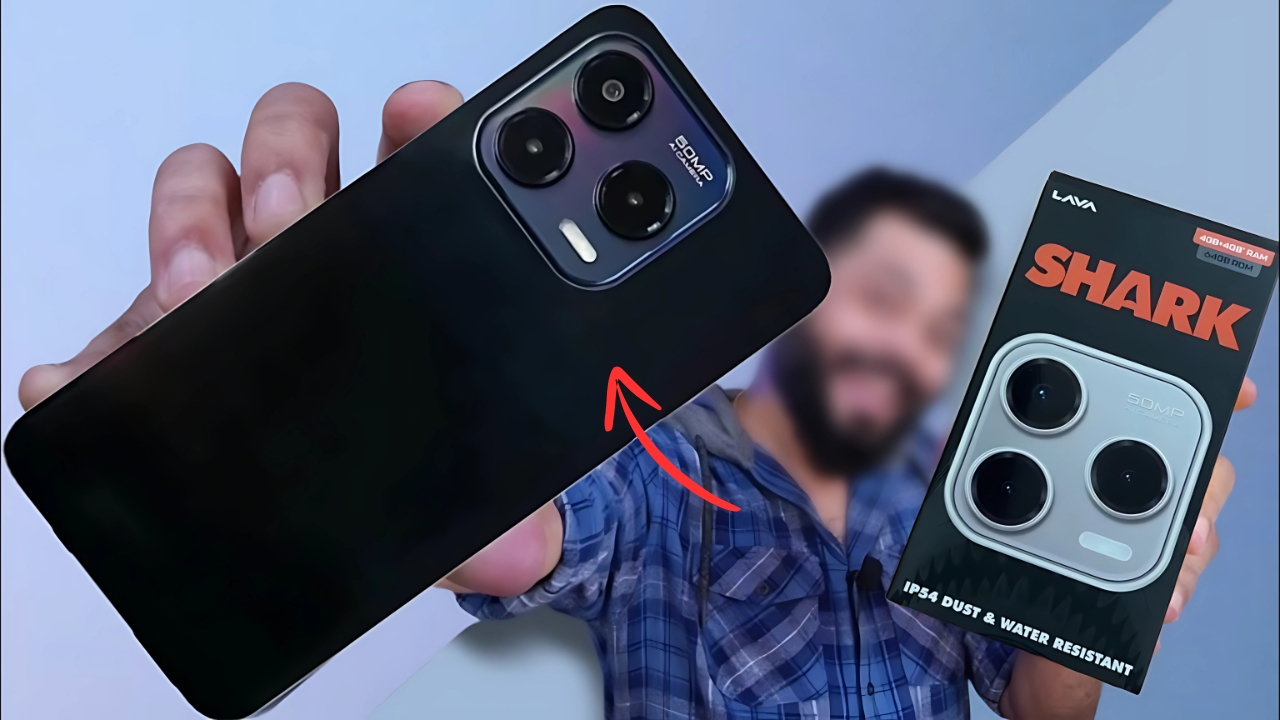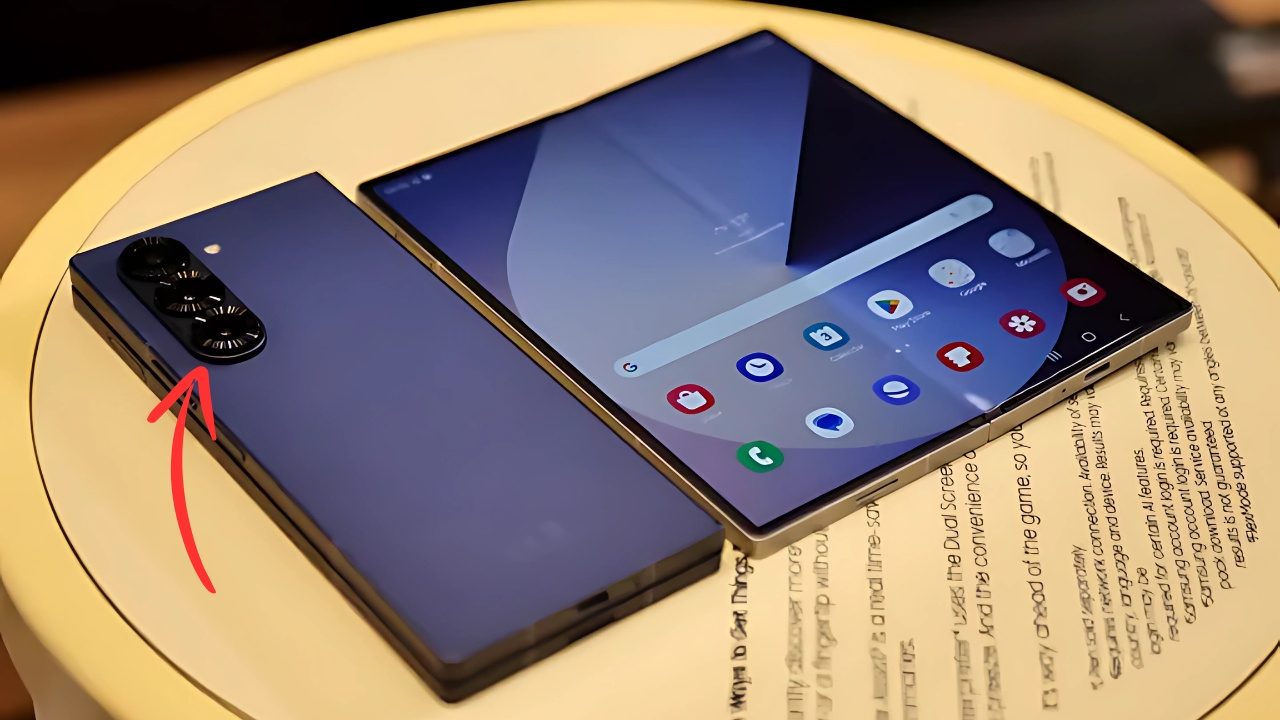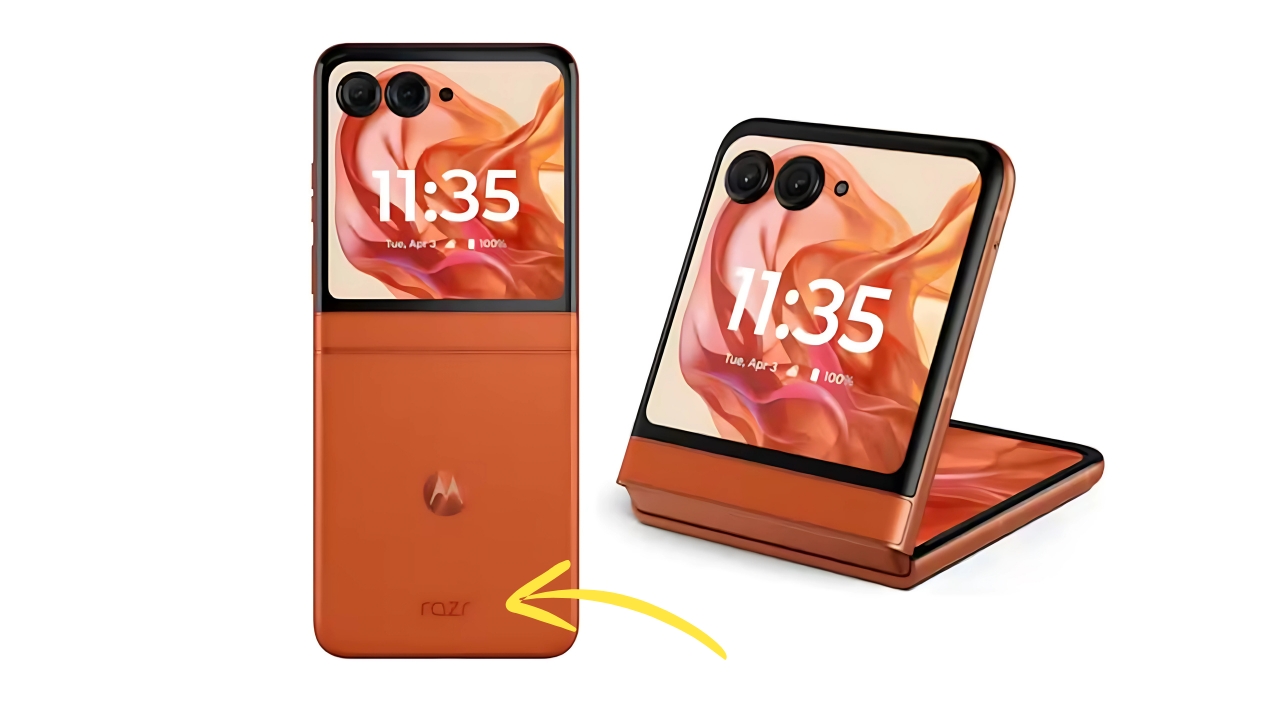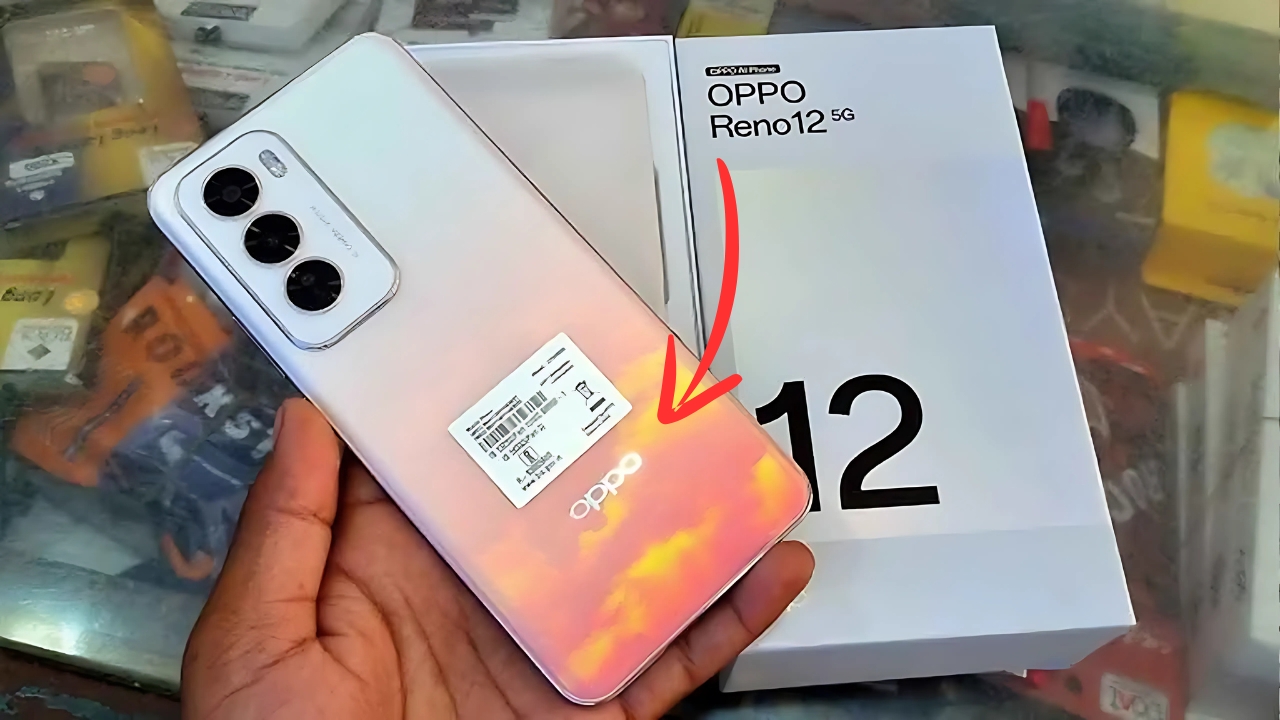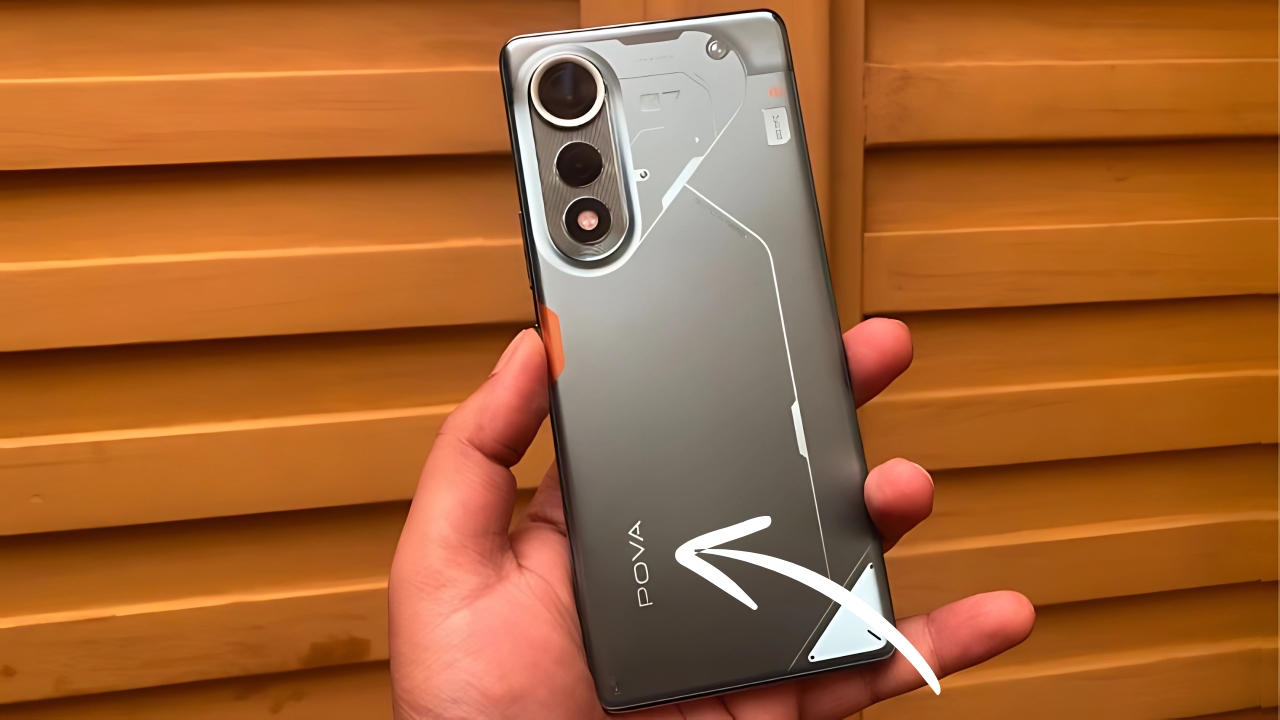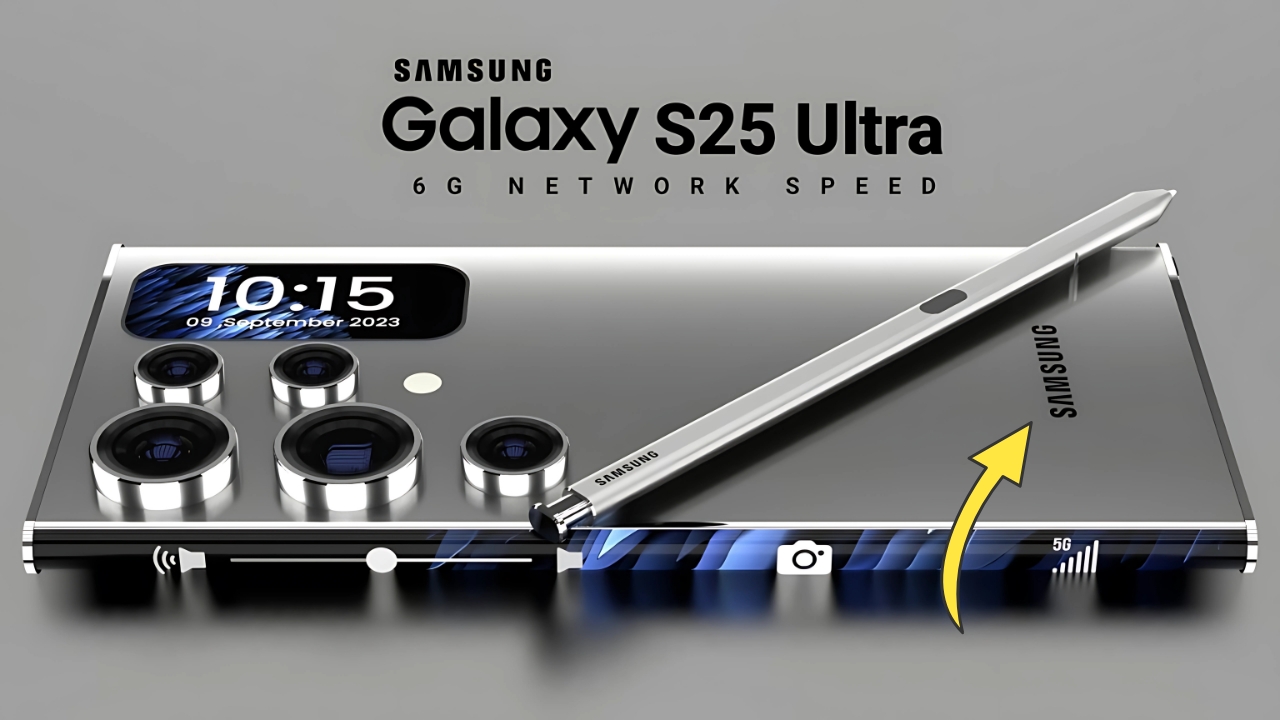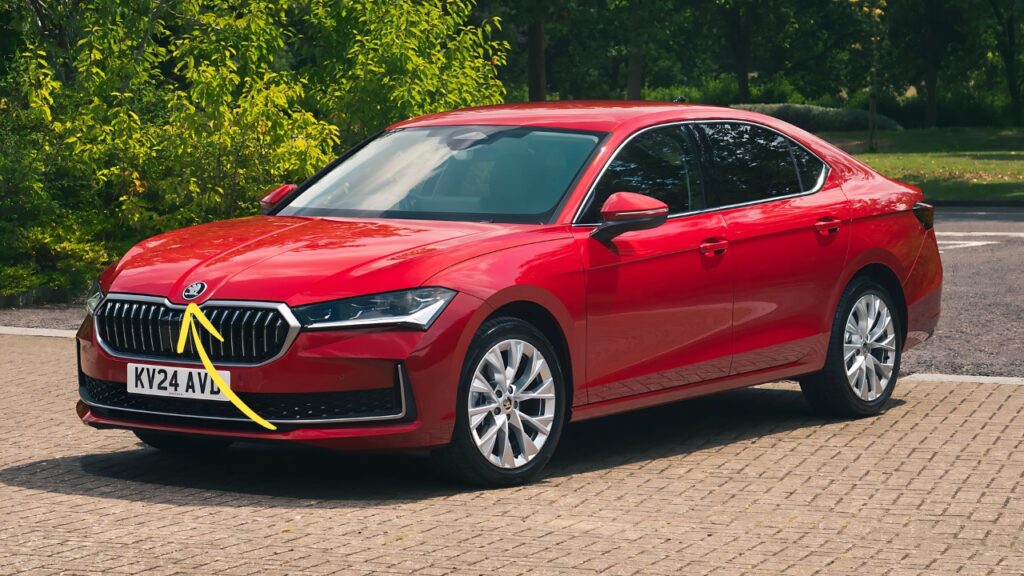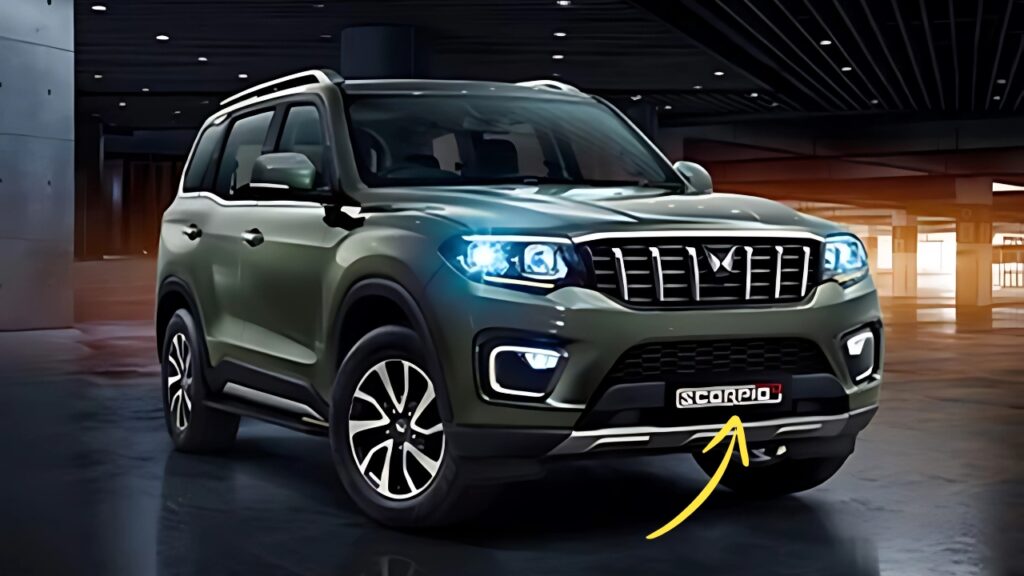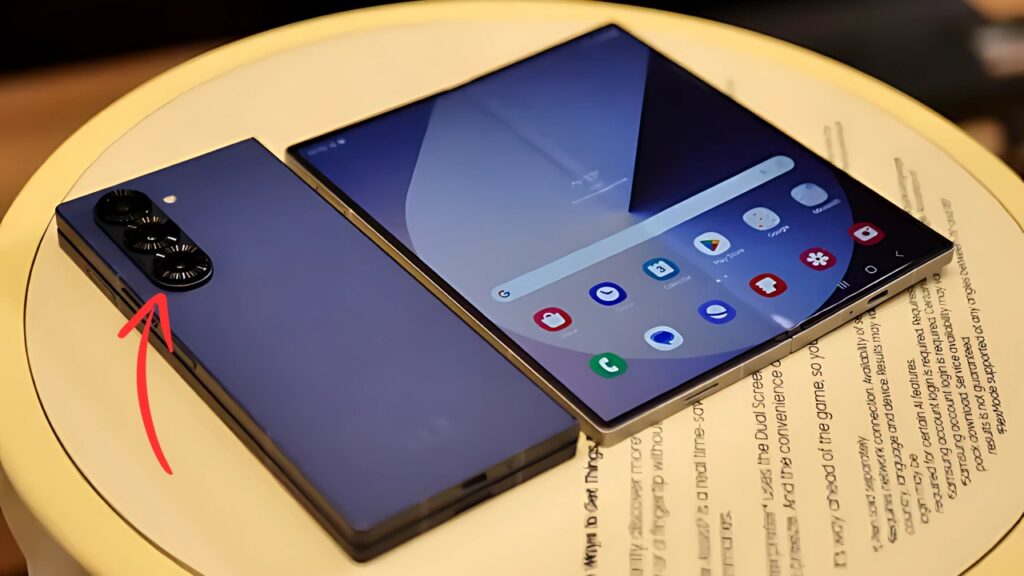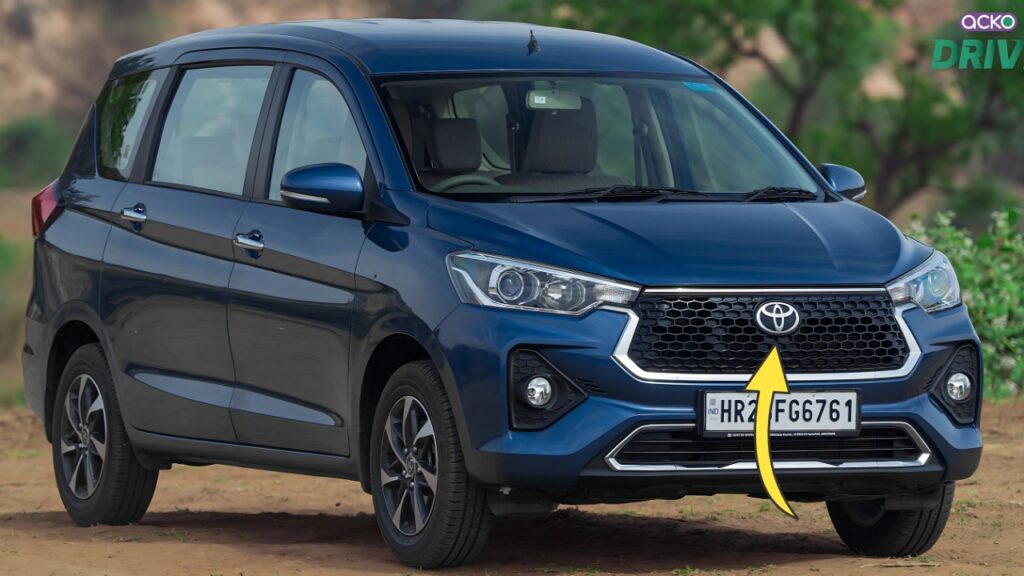Nokia Transparent smartphone : The smartphone industry rarely witnesses genuine innovation that captures imagination quite like Nokia’s upcoming transparent device.
After years of speculation and concept designs floating around tech forums, Nokia appears ready to transform science fiction into market reality.
This bold venture combines breakthrough transparent display technology with a staggering 200-megapixel camera system, creating a device that challenges everything we thought we knew about smartphone design and functionality.
Transparency: More Than a Gimmick
Nokia’s approach to transparency goes beyond mere aesthetic appeal. The device utilizes advanced graphene-based display technology that achieves approximately 85% transparency when inactive.
This isn’t the murky, barely-see-through material of early prototypes, but genuine clarity that allows users to read text through the phone.
When activated, micro-LED elements illuminate to display content while maintaining partial transparency, creating an augmented reality effect without requiring special glasses.
The engineering challenges overcome to achieve this transparency boggle the mind. Traditional smartphone components like batteries, processors, and cameras obviously can’t be transparent.
Nokia’s solution involves revolutionary edge-mounted components using a design philosophy they call “Invisible Architecture.”
Critical components hide within an ultra-slim frame, while transparent conductive materials route power and data across the display surface. The result looks impossibly futuristic yet functions as reliably as conventional smartphones.
Practical Applications Beyond Novelty
Initial reactions often focus on the “wow factor,” but Nokia’s transparent design enables genuinely useful features. Navigation becomes more intuitive when you can see your surroundings through the map display.
Augmented reality applications gain new dimensions when digital elements overlay directly onto visible reality. Photography composition improves dramatically when you can frame shots while seeing through the device.
Safety benefits emerge in unexpected ways. Pedestrians can maintain awareness of their surroundings while using the device. Drivers (though they shouldn’t use phones while driving) would have better peripheral vision if checking directions at a stop.
Parents can keep visual contact with children while handling urgent messages. These practical advantages transform transparency from novelty into functional innovation.
The 200MP Camera: Clarity Redefined
Pairing transparent design with a 200-megapixel camera might seem like combining two separate innovations, but Nokia integrates them brilliantly.
The camera module, necessarily opaque, becomes a design element rather than something to hide. Positioned strategically within the frame, it appears to float when viewing the transparent display, creating an almost jewelry-like aesthetic.
The sensor itself represents cutting-edge imaging technology. Using advanced pixel-binning techniques, it captures 12.5-megapixel images with exceptional low-light performance by combining 16 pixels into one.
When conditions allow, full 200-megapixel capture reveals extraordinary detail suitable for massive prints or extreme cropping.
Professional photographers testing prototypes report seeing details invisible to the naked eye, from distant text to architectural textures.
Computational Photography Meets Transparency
Nokia’s image processing leverages the transparent display in innovative ways. A new “True View” mode shows the exact frame being captured overlaid on the real-world view through the phone.
This eliminates parallax errors common with traditional viewfinders. Photographers see precisely what the sensor captures, improving composition accuracy dramatically.
The camera app introduces “Ghost Mode,” where previous shots appear semi-transparently over the current view. This feature helps photographers recreate specific angles or track changes over time.
Time-lapse photographers particularly appreciate being able to align frames perfectly without external markers. The transparent display becomes an active tool in the photographic process rather than merely showing results.
Technical Challenges and Solutions
Creating a transparent smartphone required rethinking fundamental assumptions about device construction.
Battery technology posed particular challenges since traditional lithium cells remain stubbornly opaque. Nokia developed a distributed battery system using transparent solid-state cells positioned around the device edges.
While total capacity decreases compared to traditional designs, rapid charging capabilities and power efficiency improvements compensate significantly.
Processing power comes from a custom-designed chip optimized for the unique thermal characteristics of transparent materials.
Heat dissipation happens through the frame and specialized transparent thermal compounds. Early testing suggests performance matches current flagship processors while maintaining comfortable surface temperatures.
The transparent materials actually help heat dissipation by allowing infrared radiation to escape more freely.
Privacy and Practical Concerns
Transparency raises obvious privacy questions. Nokia addresses these through multiple approaches. An electrochromic layer can instantly turn opaque at the touch of a button, providing traditional privacy when needed.
The opacity adjustment happens in milliseconds and can be automated based on displayed content. Banking apps might trigger automatic opacity, while maps remain transparent.
Screen visibility in bright sunlight initially seemed problematic, but Nokia’s micro-LED technology achieves brightness levels exceeding 3000 nits.
Combined with anti-reflective coatings on both surfaces, outdoor visibility actually exceeds many traditional smartphones.
The ability to shade the screen with your hand while still seeing content through it provides additional flexibility in challenging lighting.
Market Positioning and Availability
Nokia positions this transparent smartphone as a premium innovation showcase rather than a mass-market device. Initial production runs will likely remain limited, with availability focused on tech-forward markets.
Pricing remains unannounced, but industry analysts expect it to command a significant premium over conventional flagships, positioning it as a luxury item for early adopters and tech enthusiasts.
The company hints at broader availability as manufacturing scales and costs decrease. They envision transparency becoming a standard feature option, similar to how curved displays evolved from exotic to commonplace.
For now, though, this device represents Nokia’s bold statement about their innovation capabilities and vision for smartphones’ future.
Nokia Transparent smartphone Impact on the Industry
Nokia’s transparent smartphone could catalyze industry-wide innovation. Competitors are reportedly accelerating their own transparent display research, fearing being left behind if the technology proves popular.
Component suppliers invest heavily in transparent materials development, anticipating demand across various electronic devices. The innovation ripples could extend far beyond smartphones into tablets, wearables, and even automotive displays.
Whether this specific device succeeds commercially, Nokia has already achieved something significant: they’ve made smartphones exciting again.
In an industry increasingly focused on incremental improvements, true innovation captures imagination and drives progress.
The transparent smartphone with its 200MP camera represents not just a product but a vision of technology that enhances rather than obscures our view of the world.

